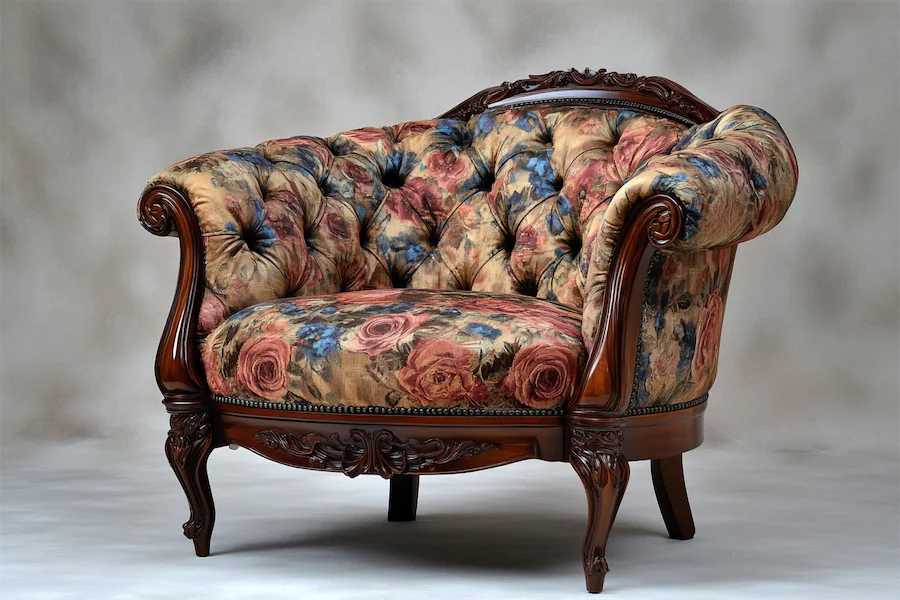A Victorian chair epitomizes the opulence and intricate design characteristic of the Victorian era (1837–1901). This article explores the history, key features, applications, and considerations for selecting an ideal Victorian chair.
History and Origins of Victorian Chairs
The Victorian era, named after Queen Victoria’s reign, was marked by a fascination with revivalist styles, including Gothic, Rococo, and Renaissance influences. Advancements during the Industrial Revolution enabled mass production, making ornate furniture more accessible to the burgeoning middle class. This period emphasized elaborate designs and luxurious materials, reflecting the societal desire for status and refinement.
Key Features of Victorian Chairs
- Ornate Carvings: Victorian chairs often feature intricate carvings, including floral motifs, scrolls, and other elaborate designs, showcasing the craftsmanship of the era.
- Luxurious Upholstery: Rich fabrics such as velvet, brocade, or damask in deep, saturated colors were commonly used, adding to the chair’s opulent appearance.
- Curved Lines and Shapes: Designs often include rounded backs, cabriole legs, and scrolled arms, contributing to a graceful and elegant silhouette.
- Dark Woods: Materials like mahogany, walnut, and rosewood were favored, often finished with a dark stain or lacquer to enhance their rich appearance.
- Gilding and Inlays: Some pieces feature gilded accents or inlays of materials such as mother-of-pearl, adding to their decorative appeal.
Applications of Victorian Chairs
- Parlor and Living Rooms: Served as statement pieces in formal sitting areas, reflecting the homeowner’s taste and social status.
- Dining Rooms: Elaborate dining chairs complemented grand dining tables, enhancing the opulent dining experience.
- Bedrooms: Chairs like the nursing chair, with a low seat and partially upholstered design, were used for childcare activities, allowing mothers to interact with children comfortably.
- Libraries and Studies: High-backed chairs provided comfort and support during reading or writing, often contributing to the room’s scholarly ambiance.
Considerations When Choosing a Victorian Chair
- Authenticity: Determine whether you prefer an antique piece with historical value or a reproduction that offers modern comfort and durability.
- Condition: Assess the structural integrity and upholstery condition, especially in antique pieces, to ensure longevity and usability.
- Space and Proportion: Victorian chairs can be substantial; ensure they fit appropriately within your space without overwhelming other furnishings.
- Maintenance: Be prepared for the upkeep of ornate carvings and luxurious fabrics, which may require specialized cleaning and care.
- Budget: Victorian chairs can range significantly in price; establish a budget that aligns with your appreciation for authenticity, condition, and craftsmanship.
Conclusion
Victorian chairs are emblematic of an era that valued opulence, intricate design, and fine craftsmanship. Understanding their historical context and key features can guide you in selecting a piece that adds elegance and historical charm to your interior space.
